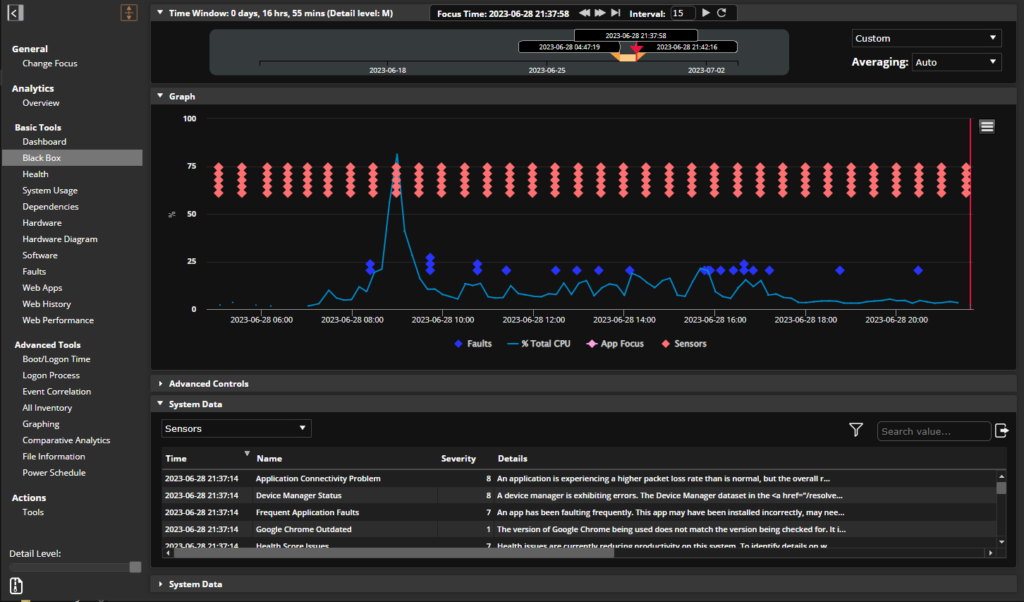
The evergreen IT model is supposed to make upgrades less painful for IT while providing a more modern experience for end users, but many IT teams are still wary of how this change will affect their processes. With many organisations pledging to migrate to Windows 10 this year, it’s time to explore the challenges—and benefits—of evergreen.
Is Migrating to Evergreen IT, like Windows 10, Really That Bad?
Recently, a member of an IT team at a large financial organisation shared her frustration with me over reimaging their latest delivery of new laptops. Their team was downgrading the shipped version of Windows 10 to their current Windows 7 build.
What could have inspired this Sisyphean task?
Despite mainstream support for Windows 7 having ended in 2015 and extended support ending in January of 2020, the business isn’t ready to roll out Windows 10. From their point of view, there are too many unknowns about how it would work in their environment. For them, the potential risks of downtime following a failed migration make delaying any move for as long as possible the preferred option.
This type of reaction isn’t new. About 10 years ago, the company I worked for helped migrate companies onto Windows Vista (I know). That is, except for one of our customers, who was finally ready to start their migration… onto XP. They were hugely risk-averse, and the XP plan had been in gestation for so long that they were unwilling to make any changes to it. Pushing a boulder uphill for eternity might not be the worst punishment after all.
With the recent Microsoft announcements of (likely expensive) Windows 7 extended security updates through 2023 and the option to support legacy Windows 7 apps with Windows Virtual Desktop, it’s unclear how long it will take for businesses to go all-in on Windows 10.
Why are companies willing to go to such lengths over the migration of an OS?
One reason is that a lot of people have had bad experiences in the past, particularly with the move away from XP, or migrating from 32 to 64 bit. The main issue with both was the scale of change involved: leaving XP meant dealing with User Account Control and coming to grips with a new interface; moving to 64 bit potentially meant new hardware and a headache for any legacy 16 bit apps.
That scale of change was reduced in more recent Windows migrations, and Microsoft is hoping to mitigate it even more by moving to a new IT model: evergreen.
Download the brief: What does Windows 10 evergreen mean for IT?
Evergreen IT – The New Normal
What is evergreen IT? According to Microsoft, “Evergreen IT refers to running services comprised of components that are always up to date. Evergreen IT encompasses not only the services at the user level but all of the underlying infrastructures, whether on-site or outsourced.”
What that boils down to is changing the whole of the window development cycle—building, deploying and servicing—and positioning Windows as a service (WaaS). There are now defined, pre-planned release dates, with feature updates twice a year and bug fixes at least once a month. The big hit of large fundamental changes at irregular intervals is supposedly a thing of the past, although enterprise and education customers can still delay an update for as long as 30 months.
Migration Stages, Then and Now
So how does WaaS affect migration plan management for an enterprise? Traditionally, an OS migration could be broken into 5 stages:
- Preparation
- Hardware assessment
- Software assessment
- Deployment
- Post-deployment monitoring
In an evergreen IT model, these stages are now… exactly the same.
The caveat, of course, is that these steps are done as smaller, constant, cyclical BAU processes rather than the large one-off projects they used to be.
How Windows Evergreen Affects Business
The most obvious impact the evergreen model will have on business is that the above stages will need to be sped up, with the effort involved reduced. However, there are advantages as well:
- Cost is now spread out, not a single big-bang migration cost
- Fewer security risks as software is closer to the leading edge
- Increased flexibility for when to implement updates
- More structed cost planning
It’s also worth noting that evergreen is likely already in your environment: Office 365, IE, and Chrome could all now be classed as evergreen. These applications are constantly updating with less distinct versions and few major changes.
IT departments need to adjust to this new world as the (ongoing) change is unavoidable.
How SysTrack Can Help
Going back to the stages of migration mentioned above, the one factor common to each is the need for up-to-date, detailed, actionable information. More frequent updates mean that it is more important than ever to understand the actual state of your environment:
- Are there unused software packages that could be causing unnecessary friction in the upgrade process?
- Do my users have adequate hardware for this Windows build?
- Which users are ready to be migrated?
- How is end-user experience before and after an upgrade?
SysTrack helps you easily answer these questions and more to ensure a successful upgrade and a great Windows 10 user experience.
By constantly monitoring the current and historic state of the environment, along with detailed user behaviour and performance metrics, SysTrack provides all the data needed to seamlessly incorporate evergreen IT into your BAU process.
You may also be interested in…
- Windows Virtual Desktop in Public Preview: Free Tool to Determine if WVD Is Right for You
- Windows 7 to Windows 10 Migration: Who’s Migrated and What’s Holding Businesses Back?
- Satellite vs Probe: Choosing Your Ideal Digital Experience Monitoring Tool
Subscribe to the Lakeside Newsletter
Receive platform tips, release updates, news and more



